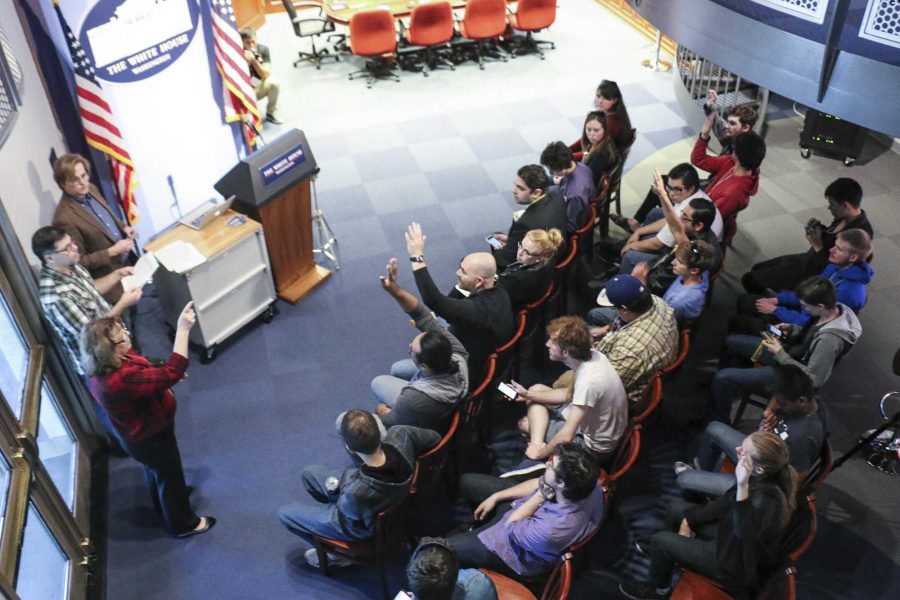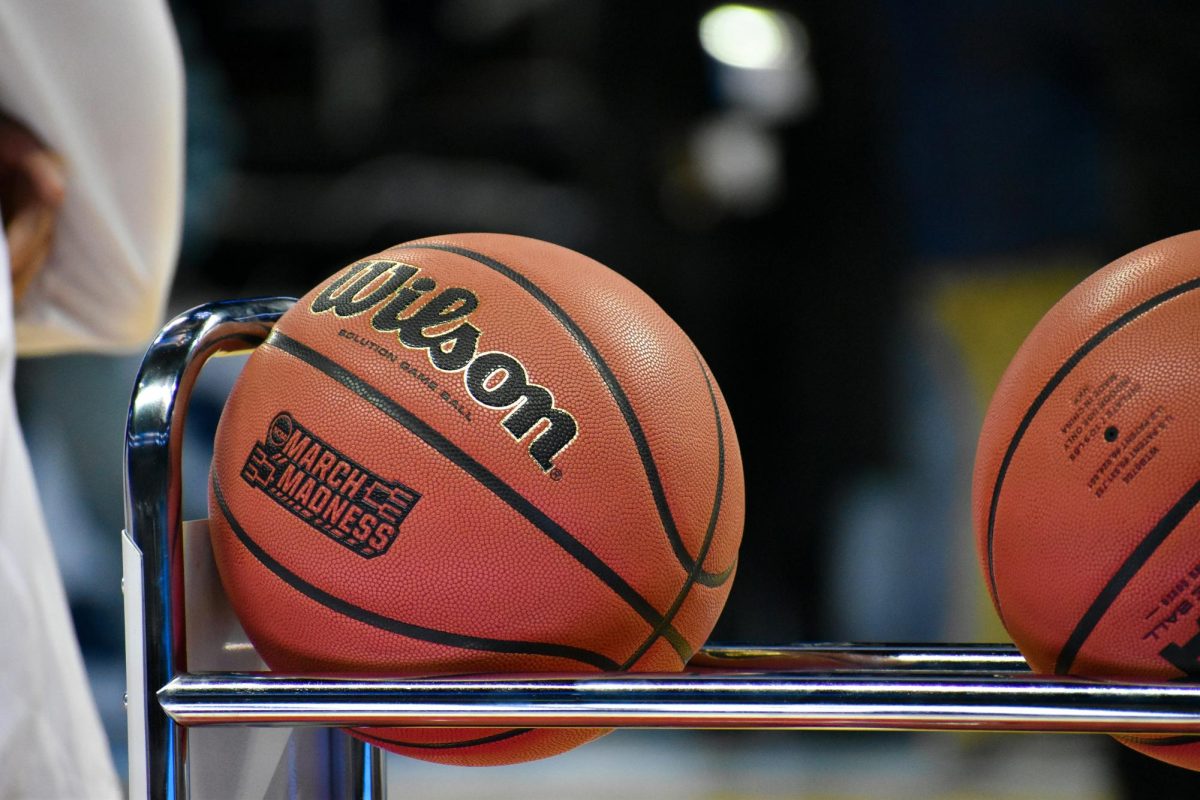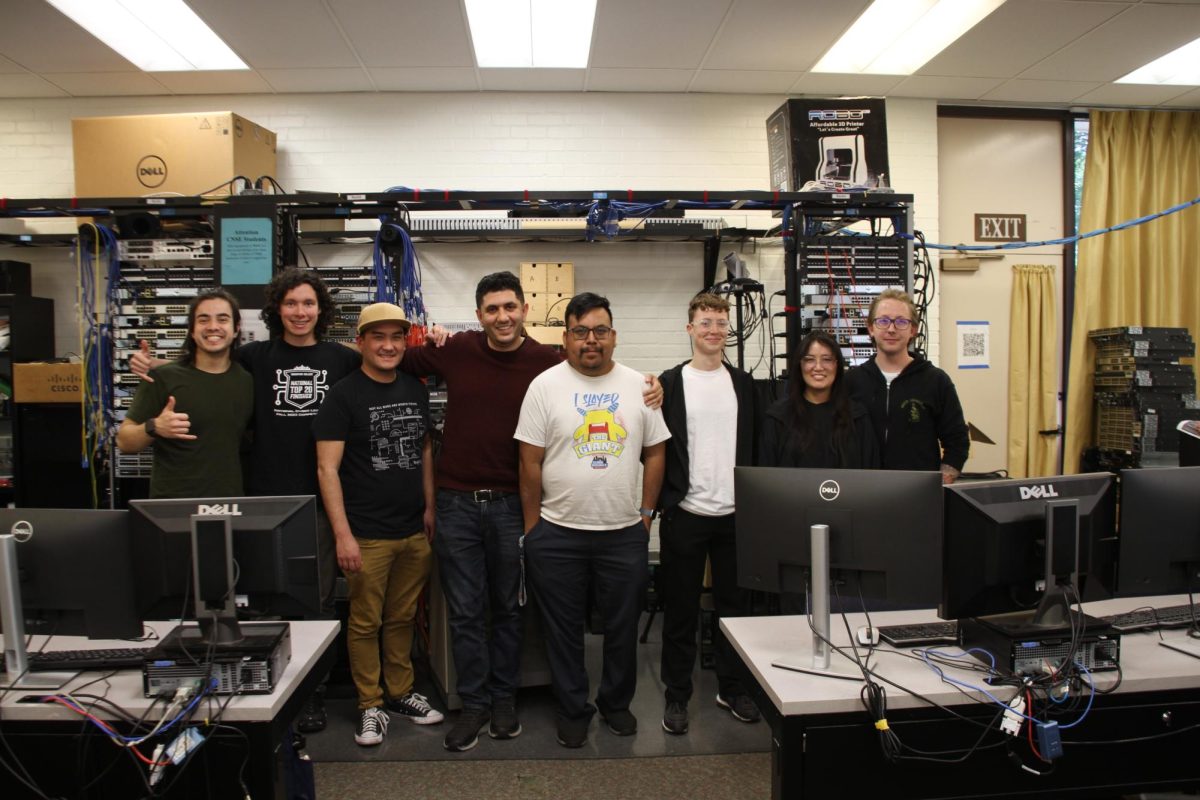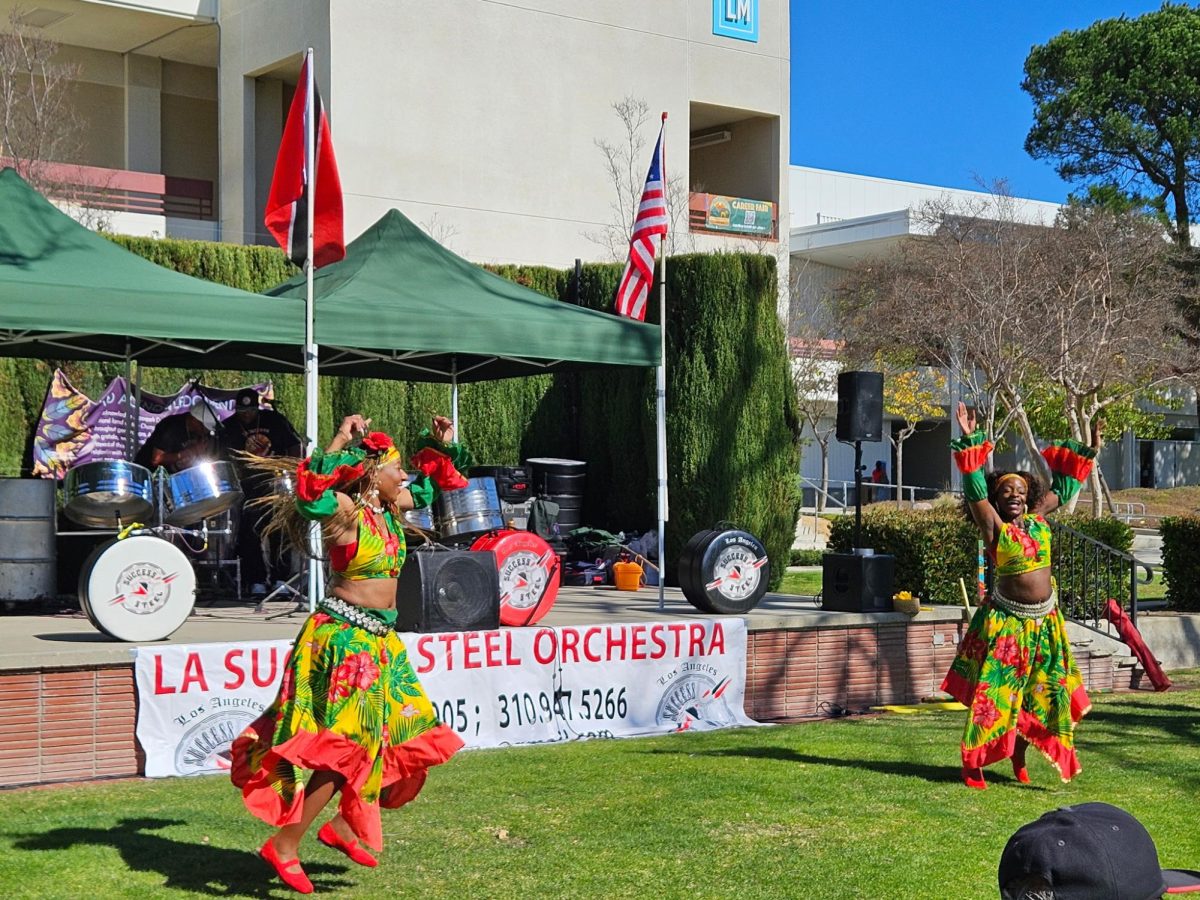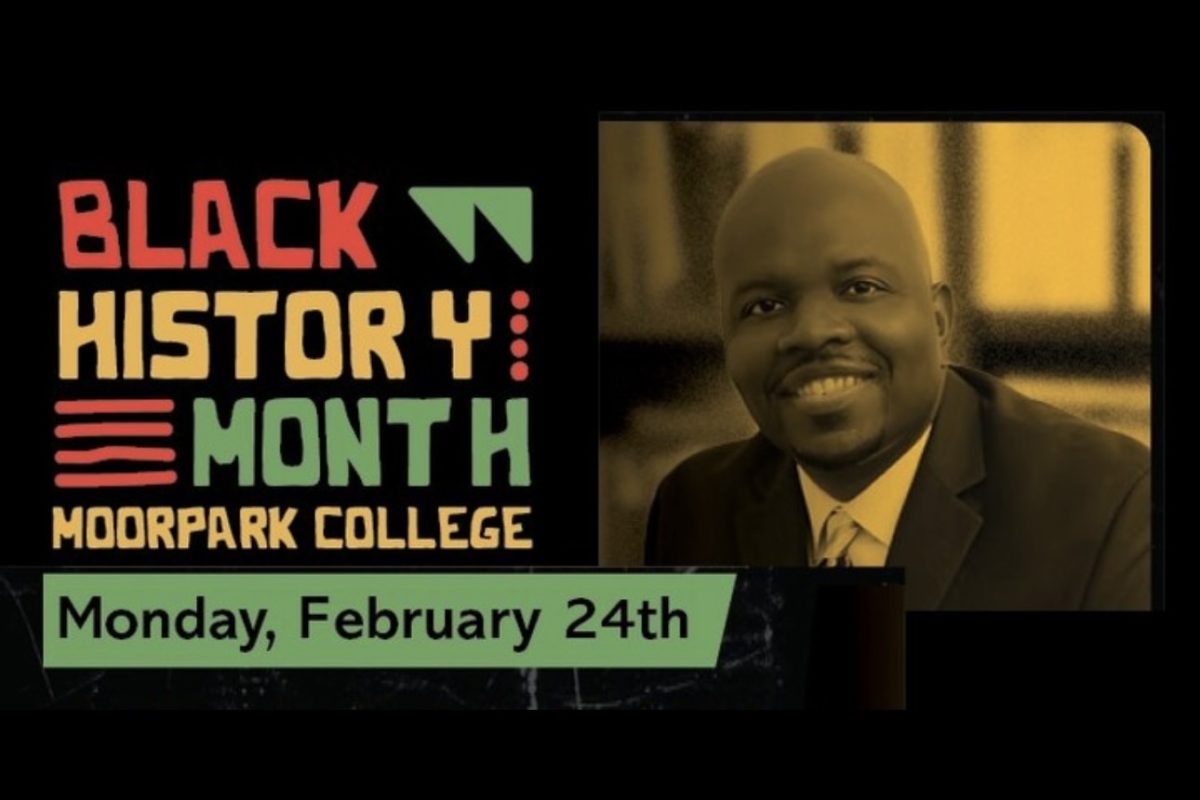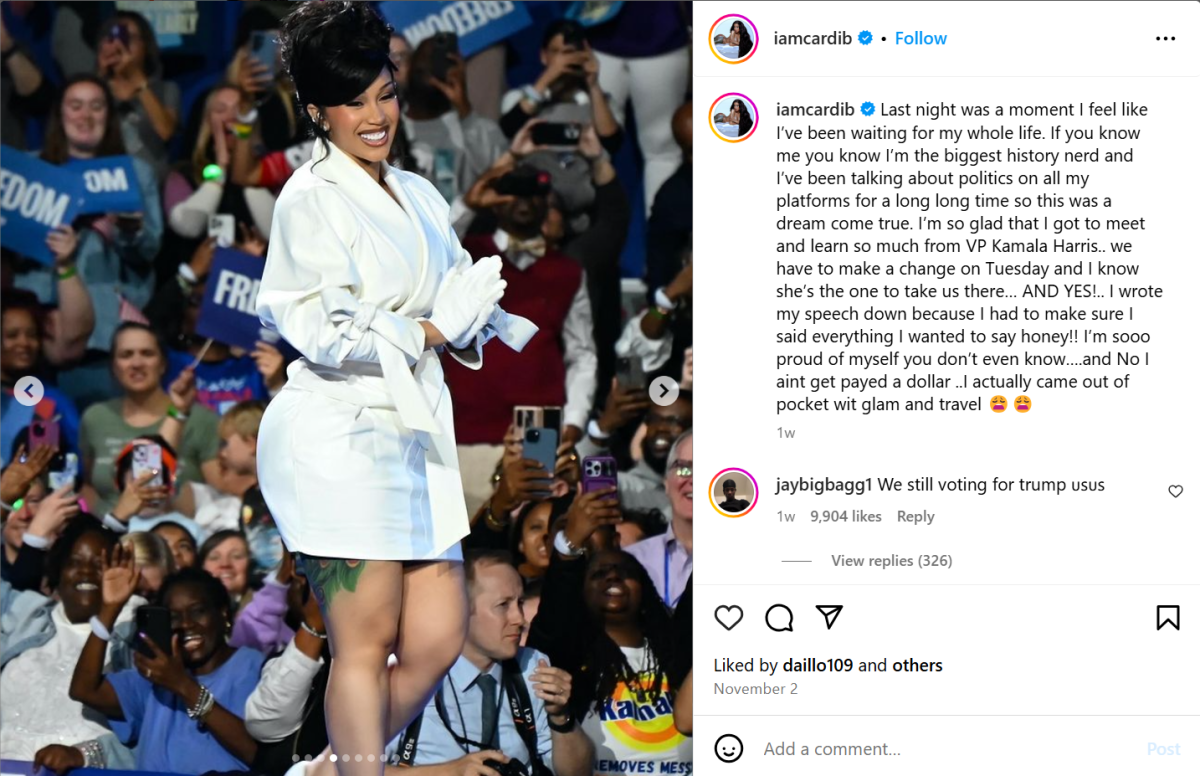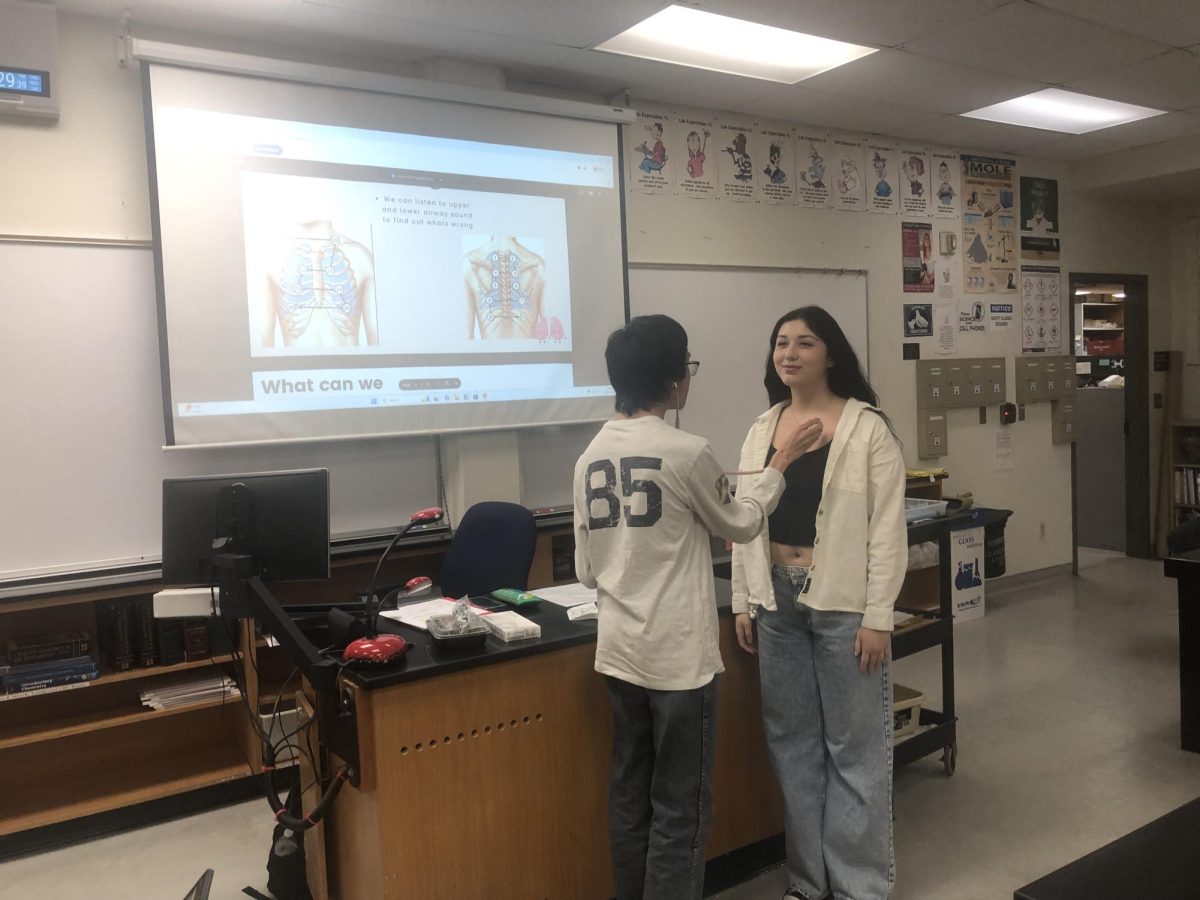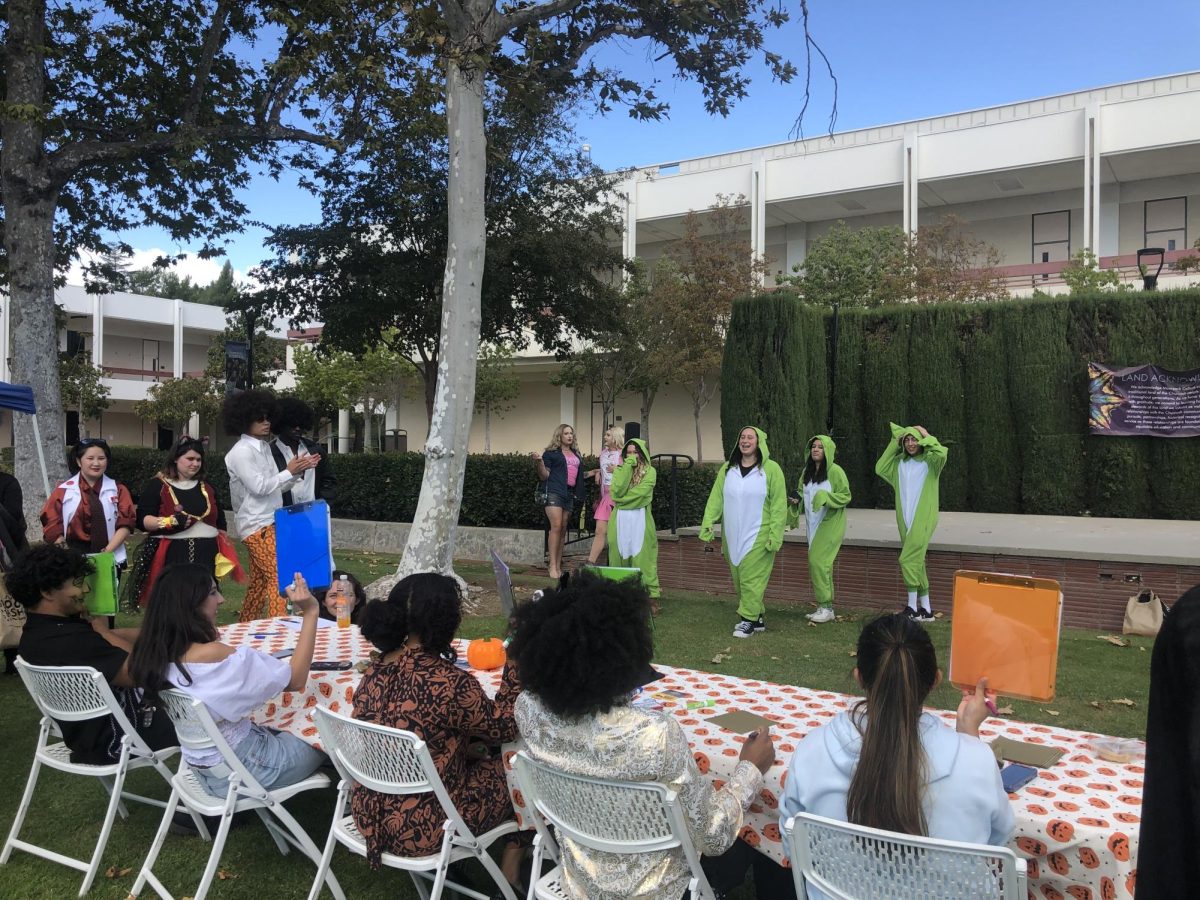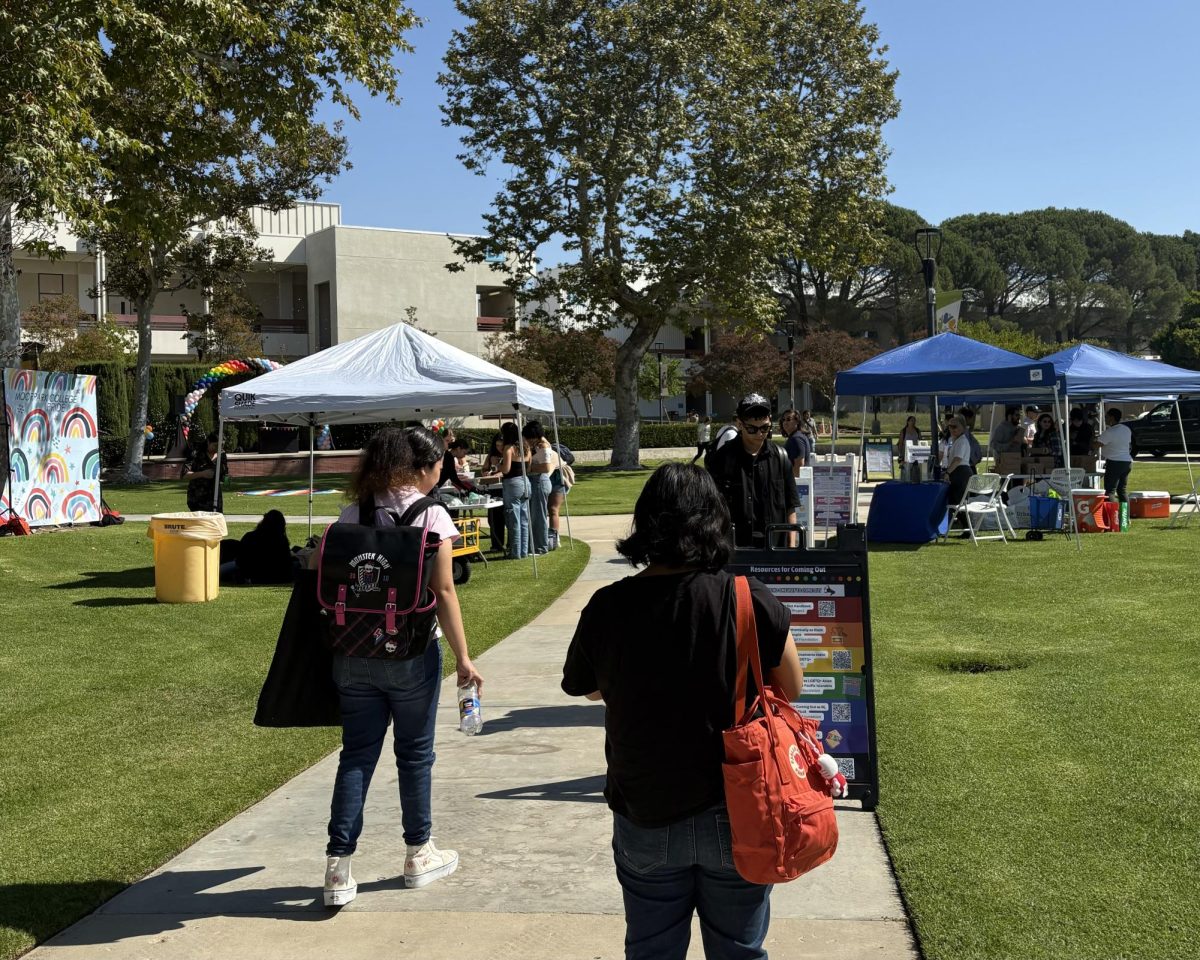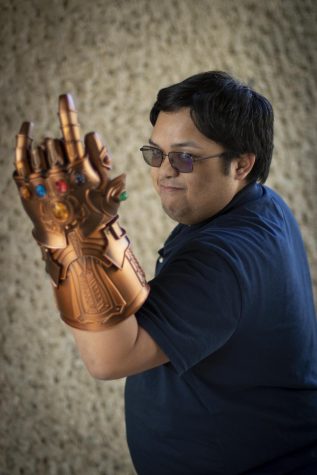The way in which we learn has come a long way from the days of the pencil and paper. Today, a good majority of class curriculum is taught through a variety of digital methods, ranging from taking notes on laptops, to powerpoint presentations, to entire classes being taught online.
However, as time has also seen, there is no better way to learn than a hands-on, interactive experience that is close to practicing real-life applications directly.
Tim Samoff, professor of Game Design and Multimedia, had the opportunity to bring students from a number of his classes to experience and participate in a real-life scenario situation held up at the Ronald Reagan Presidential Library, in Simi Valley, on Dec. 14.
“My main goal for today is to give the students the experience of what a real-life situation might look like,” said Samoff. “There’s a lot of game mechanics that are utilized in an experience like this that can really only be experienced.”
Some of these classes include Intro to Game Design, Game Design Technologies, Game Theory and Mechanics, and Game Level and Design.
The purpose of this field trip was to analyze the various design aspects of the simulation to put to context of what they have learned in their classes, as well as take part in the simulation itself.
The scenario the simulation centered upon was what would have happened in a crisis event that an assassination attempt was made on a fictional U.S. president. Students were organized into three groups that held a crucial role during the course of the simulation, which took about an hour.
One group simulated the Presidential Cabinet in the Situation Room managing policies, responding to situations, and representing the head of government to the world while the Vice President, fictional, was en route to the Capital.
Another group simulated the medical group attending to the injured President, keeping the rest of the players updated on his status, and making decisions aimed towards his operations.
And the last group were the media, split into their own news stations from FOX, CNN, CBS, and ABC. They were responsible for reporting the crisis and any developing news aspects.
One of the students, Alex Greene, a 26-year-old Game Design major, jumped at the opportunity to be a part of the simulation, and was assigned with the news group, role being the NBC’s Chief Correspondent.
“I was pretty much expecting a fairly accurate simulation of some sort of crisis in the presidential situation room, and that I would be dealing with the fallout from whatever crisis happened,” said Greene.
Throughout the entire simulation, these groups of students interacted with the game, and communicated with the other groups as timely events popped up on their interfaces. All of them were given their own information that went with their roles, and made decisions based on these timely events or the larger situation at hand.
However, each student’s information had conflicts with other pieces of information, and it was down to their own judgment whether or not to contribute this information to the simulation as the time worn on. It made the crisis challenging as everyone was trying to sort out true from false information.
“Overwhelmingly, most of my time was spent just trying to get the facts straight,” said Greene. “There were plenty of sources of information, and it was my job to sort out that they were reputable, whether I could take it to print or to air. It was really a fun experience, and I don’t envy the people who have to do it in real life.”
Trey Alsup, a writer and designer with Wishcraft Simulations, and who designed the Situation Room, finds that the Situation Room experience is a unique experience that you cannot get in the classroom.
“Students are able to communicate with each other, make decisions, and do things that involve actual leadership,” said Alsup. “It’s almost like a laboratory environment here that is not possible in the classroom.”
Alsup’s thinking was to create an experience that people will remember for the rest of their lives, and will be informative. People that come out of this have developed more of an interest in being members of the government or the press.
By the end of the simulation, the class had passed most of the criteria for the Situation Room Experience, and Samoff was satisfied with the experience.
“I would definitely like to bring students back here,” said Samoff. “Some of the things that were experienced here are definitely worthwhile into what we teach in the game design classes; especially concerning real-time communication, statistics tracking, and all things required for a game of this size and nature. Having this experience under their belts, hopefully they’ll be able to go out and construct their own experiences.”

